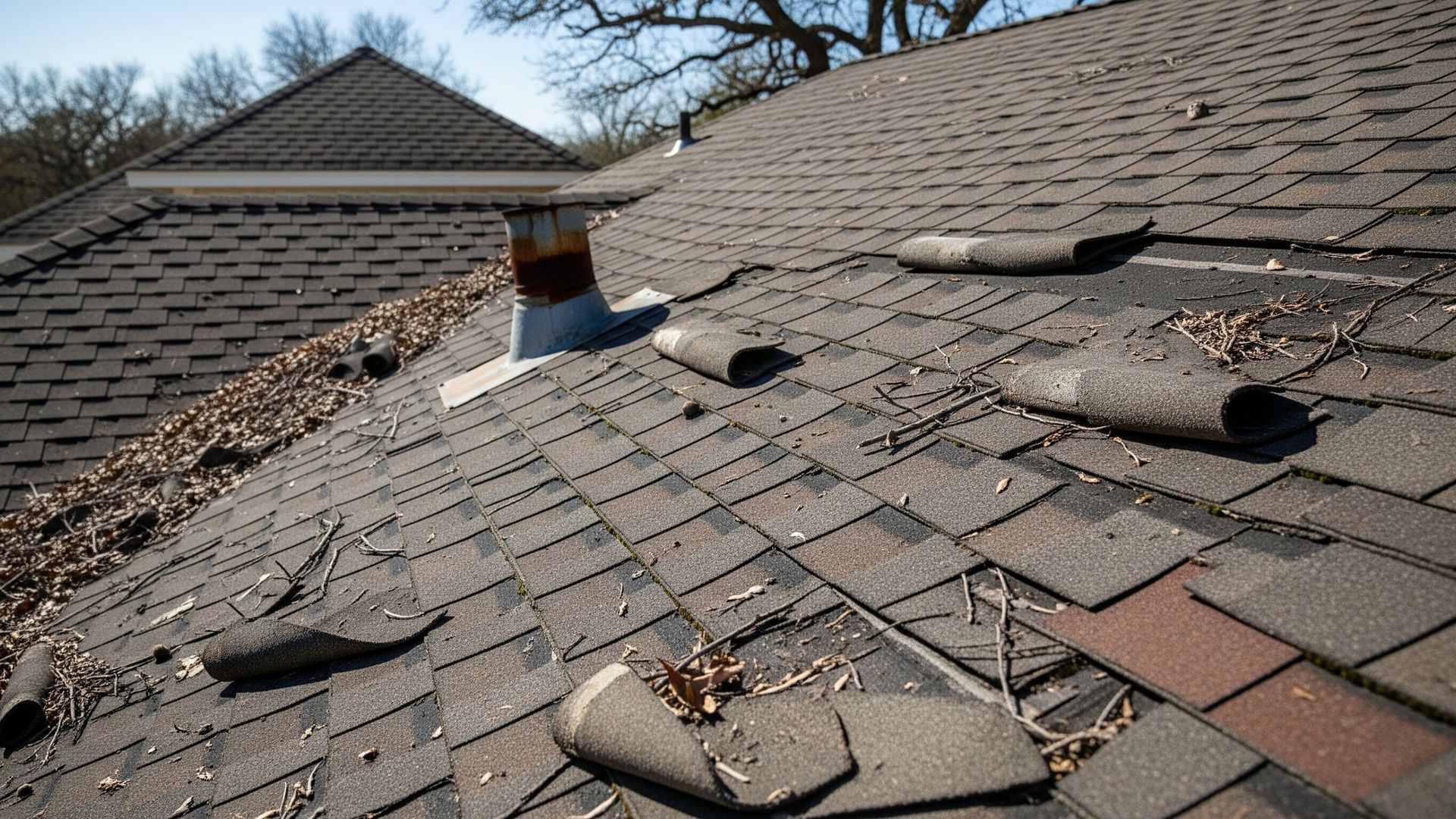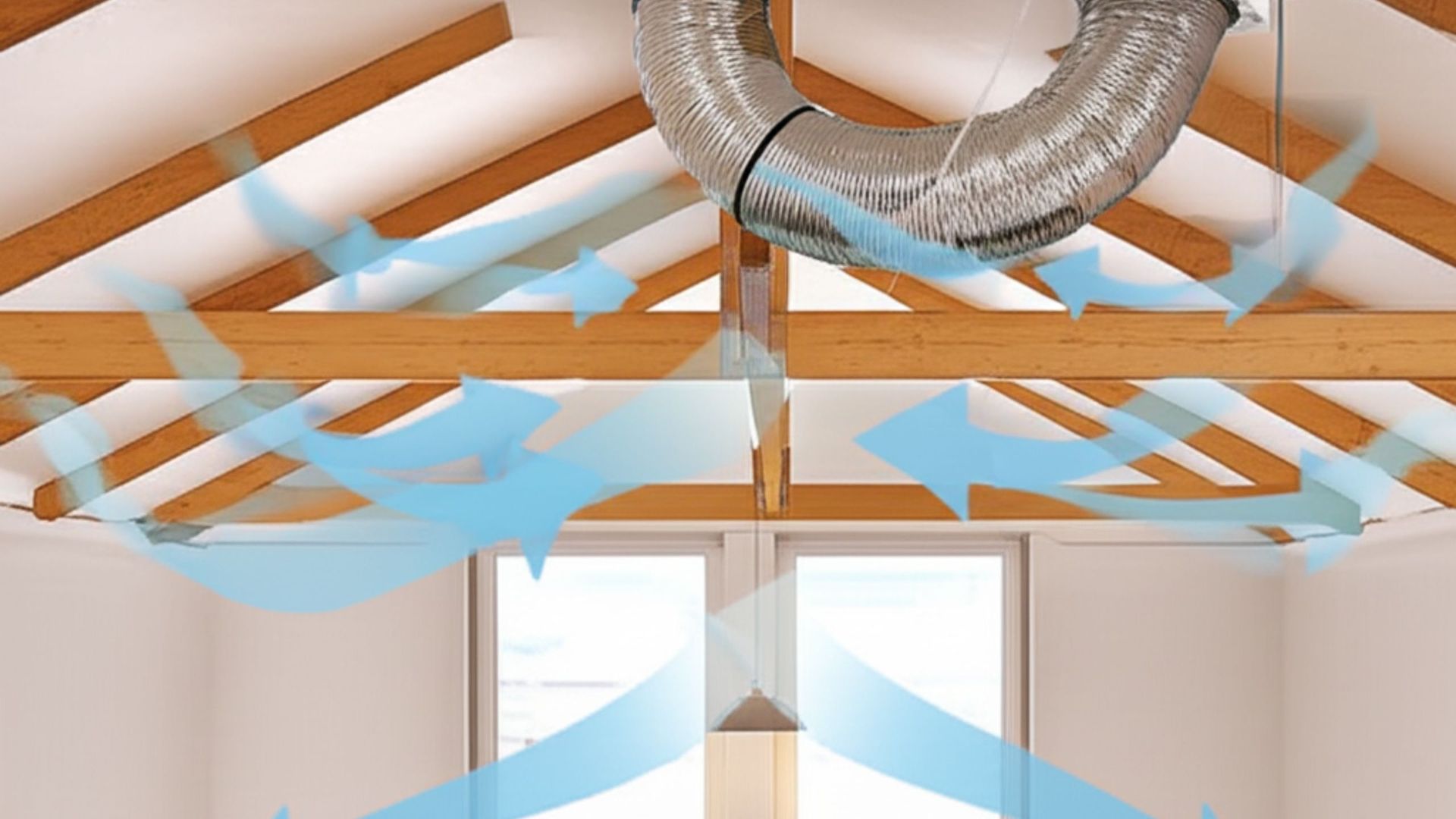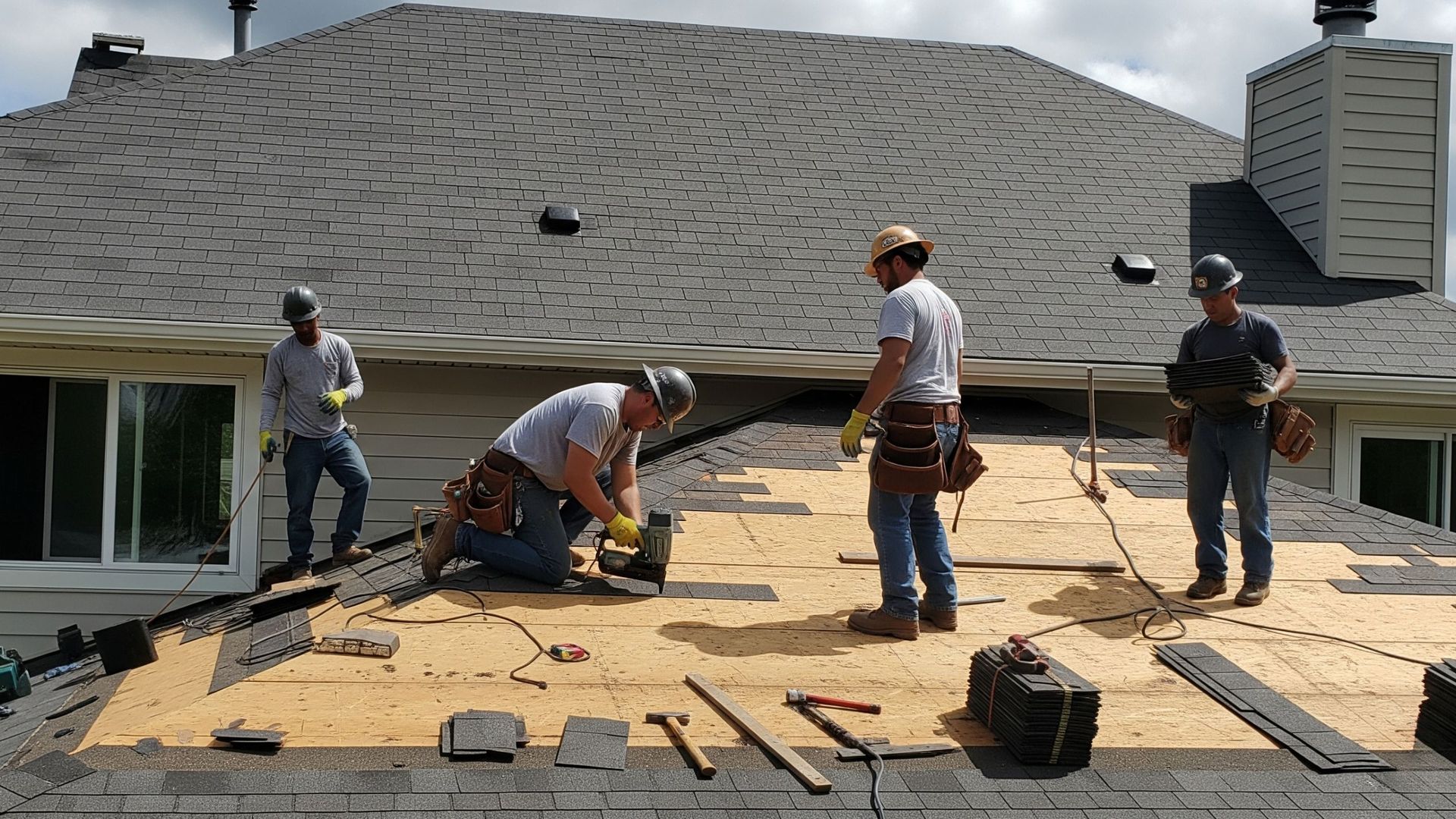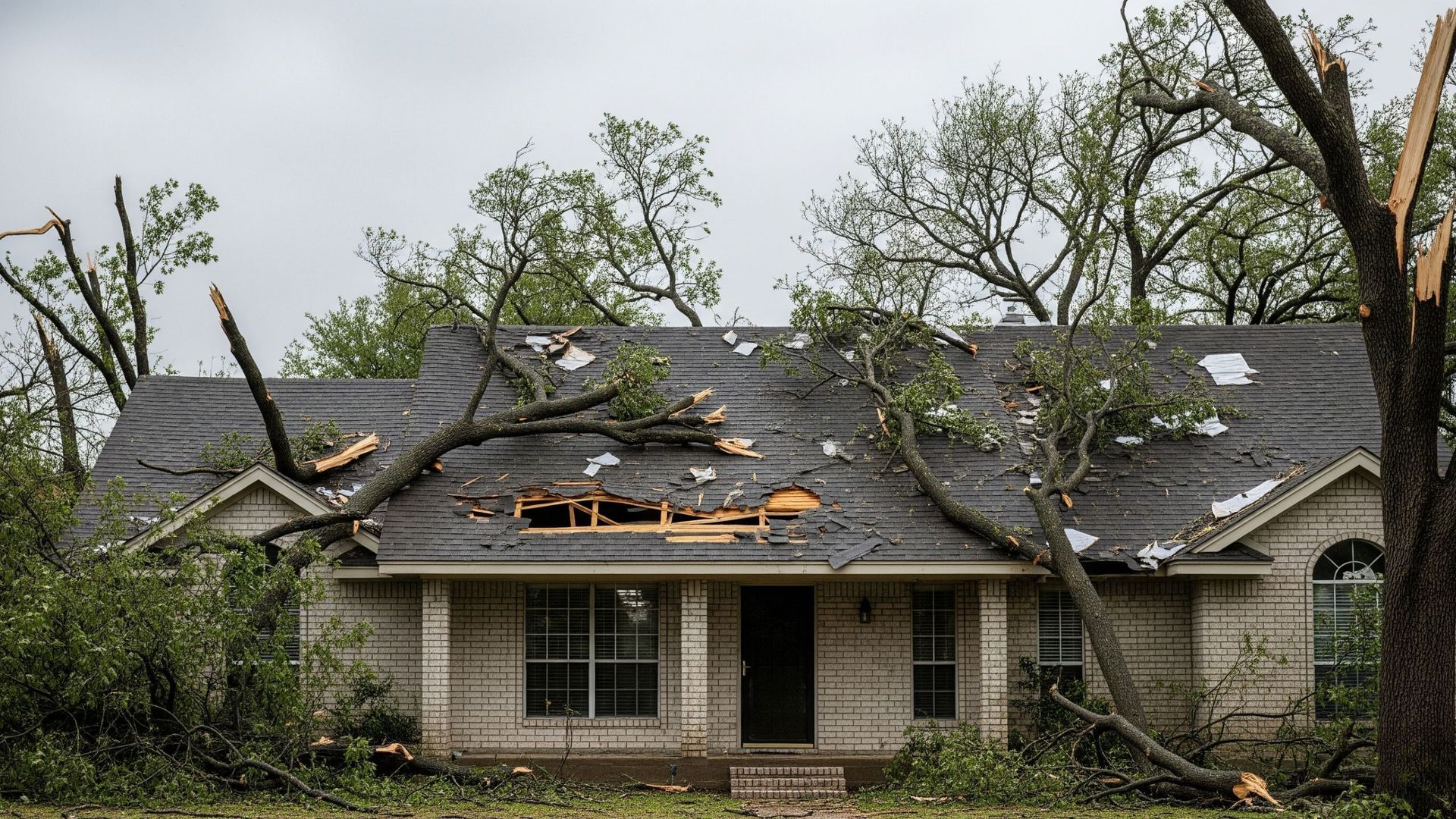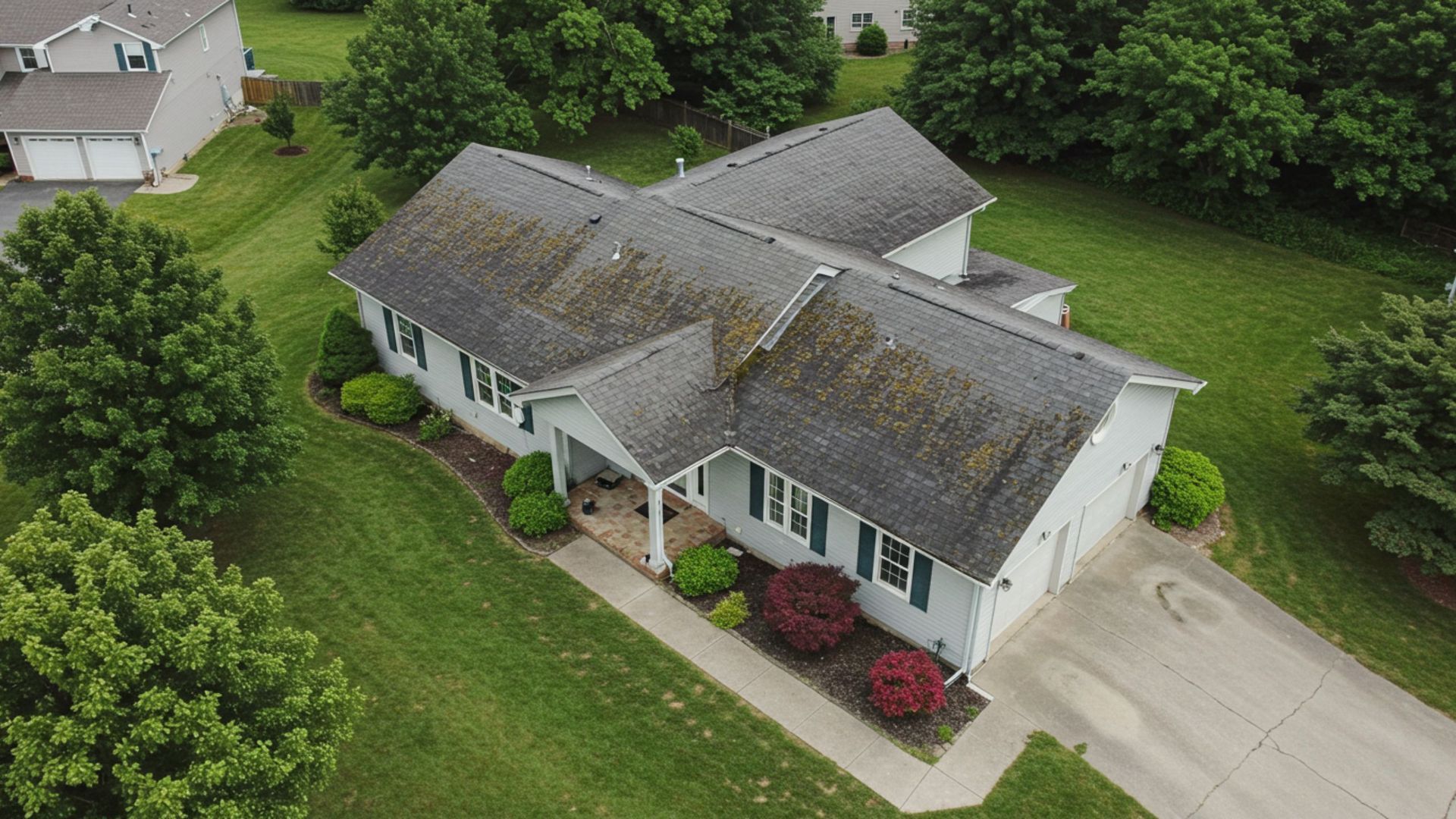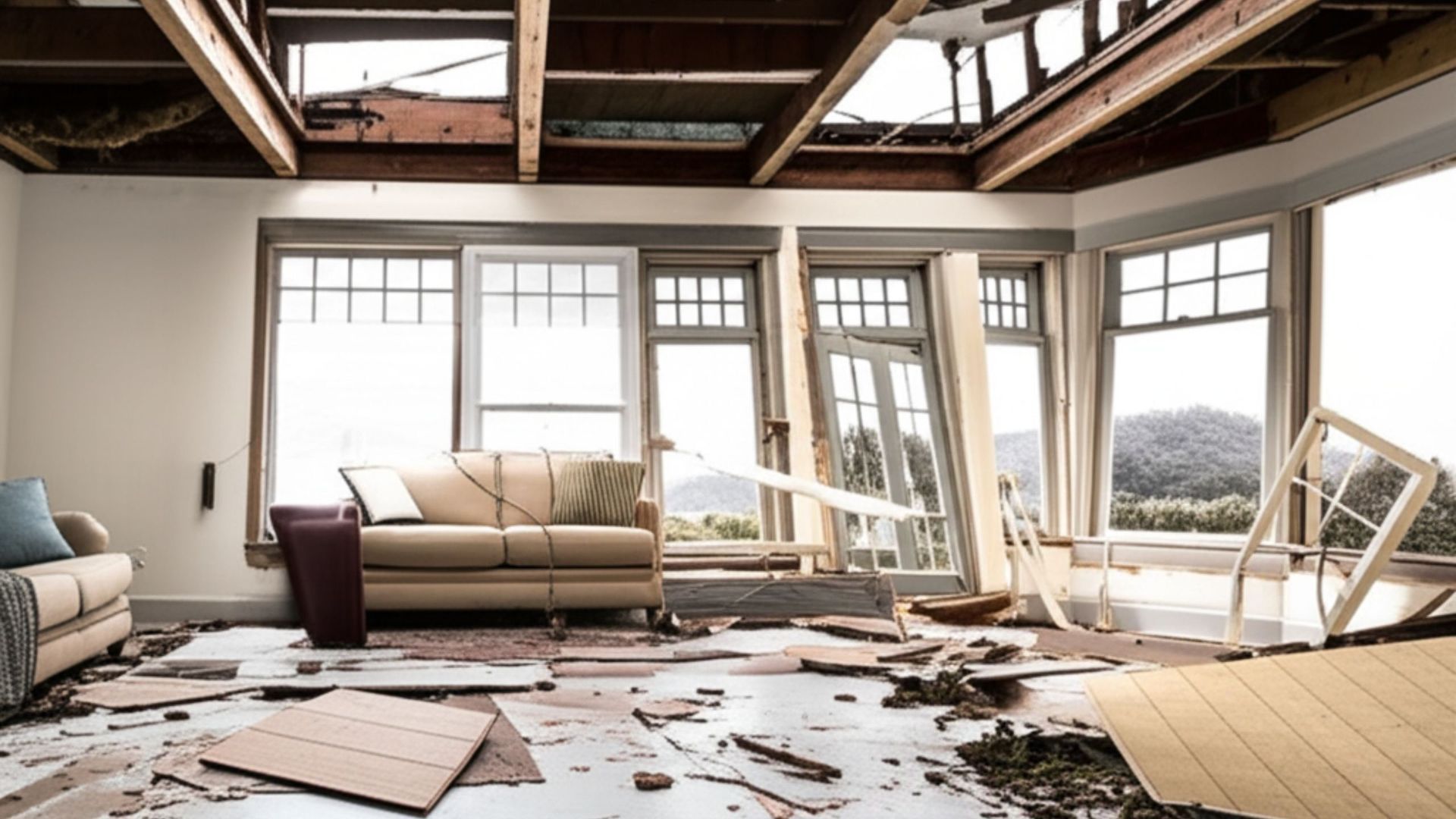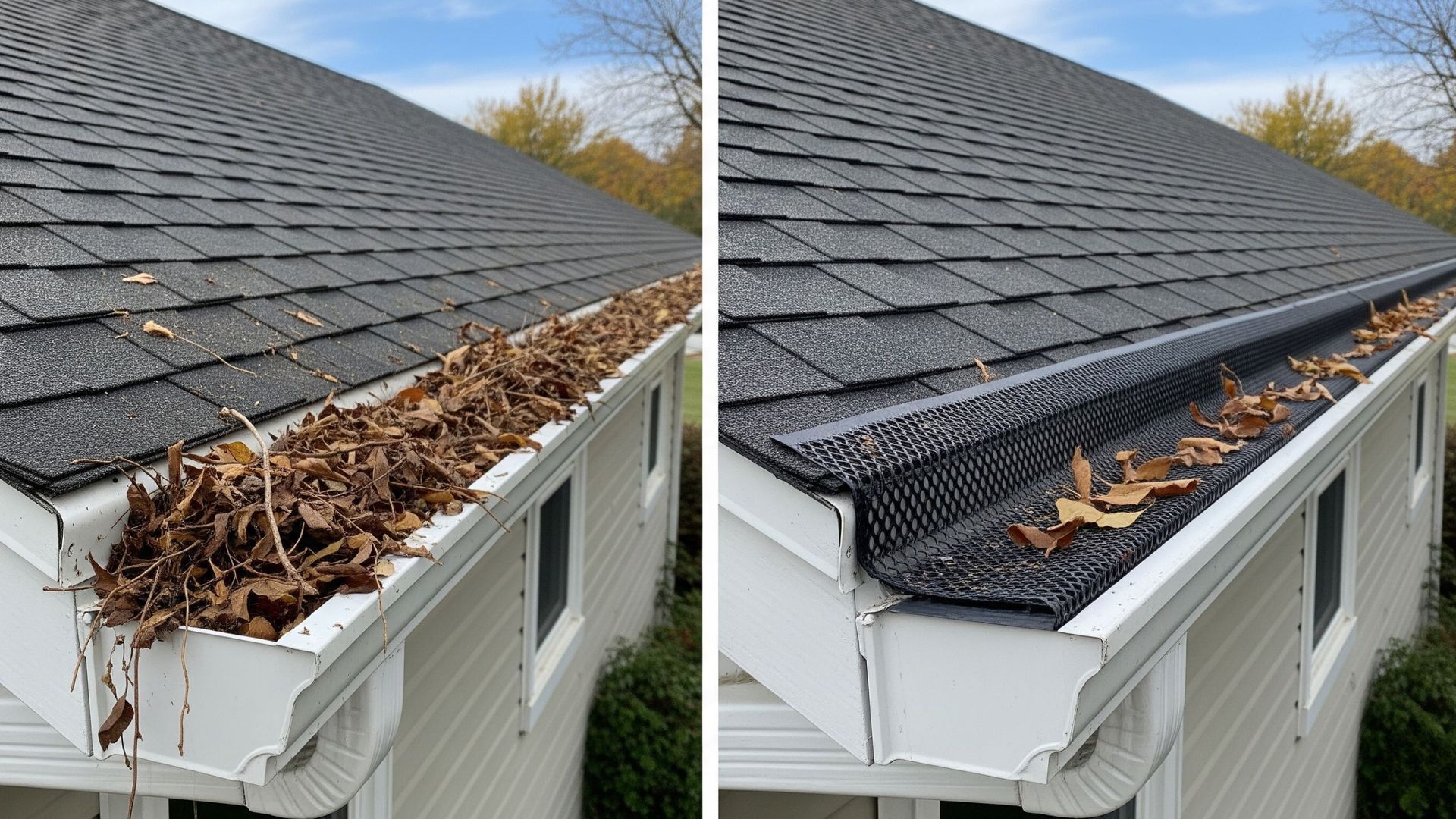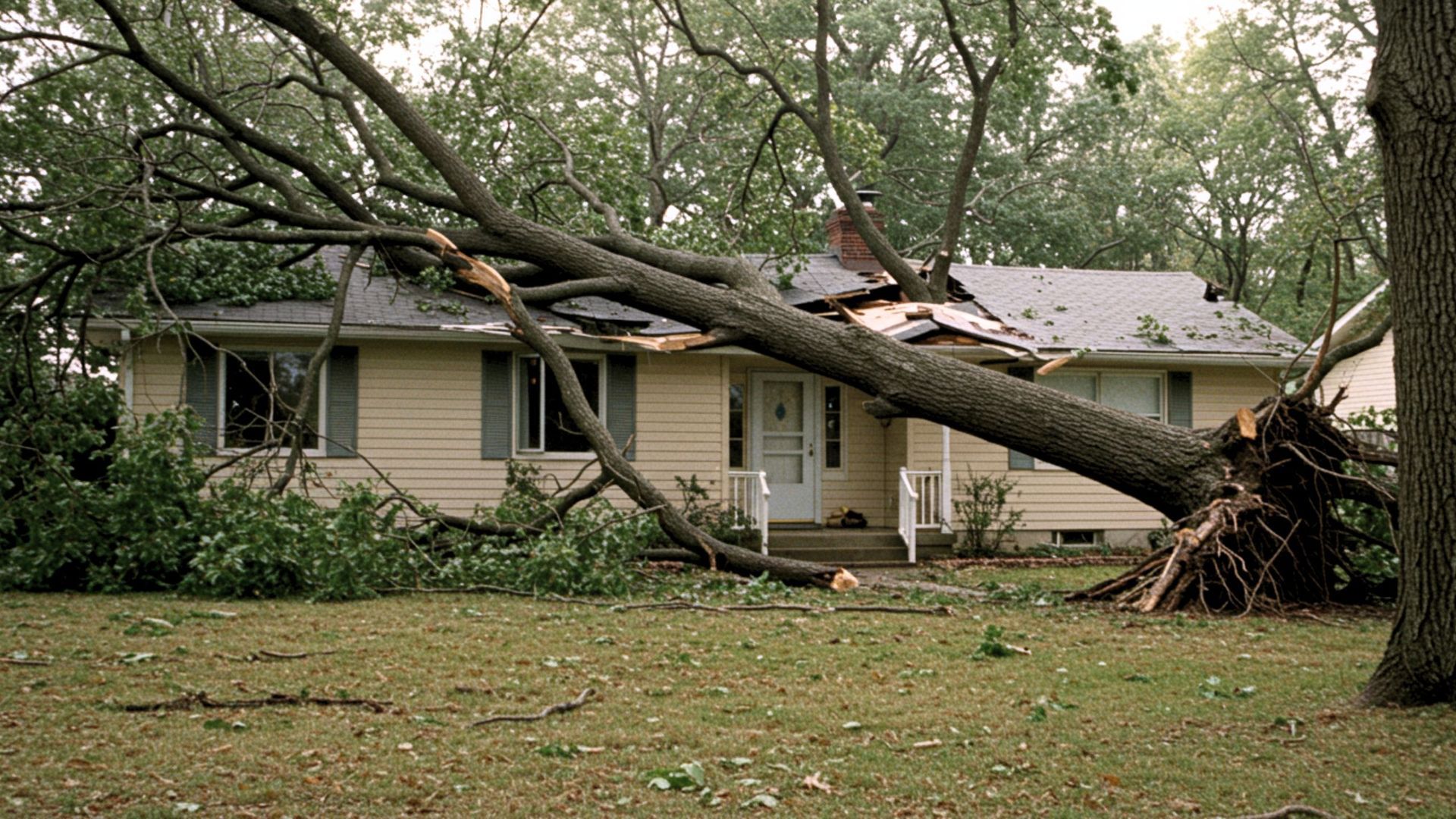How to Tell If Your Roof Needs Repair or Replacement
Your roof is one of the most critical parts of your home, protecting it from the elements and providing insulation. Over time, however, wear and tear, storms, and age can weaken your roof’s integrity. Knowing whether your roof needs a simple repair or a full replacement can be challenging, but understanding the signs can save money and prevent more extensive damage. In this guide, we’ll walk you through the key indicators that can help you determine whether it’s time for a repair or a replacement.
1. Assess the Age of Your Roof
The first thing to consider is your roof’s age. Most asphalt shingle roofs, which are commonly used in Texas, last between 20 to 25 years. If your roof is approaching or has surpassed this age, it might be time to consider a replacement, even if it still appears in decent shape. Roofing materials deteriorate over time, and an older roof is more vulnerable to damage, leaks, and other issues.
If you’re unsure about the age of your roof, look for signs of general wear, such as faded shingles or significant granule loss, which can indicate that the roof’s lifespan is nearing its end.
2. Check for Shingle Damage
Shingles are your roof’s first line of defense against the elements. Damaged or missing shingles can expose your roof to water infiltration, leading to leaks and structural damage. Look for shingles that are cracked, curled, or missing entirely. If only a few shingles are damaged, a repair might be sufficient to extend your roof’s lifespan.
However, if a large area of your roof has damaged shingles, especially after a storm, it could be a sign of underlying structural issues. In this case, a complete replacement may be the more cost-effective solution in the long run.
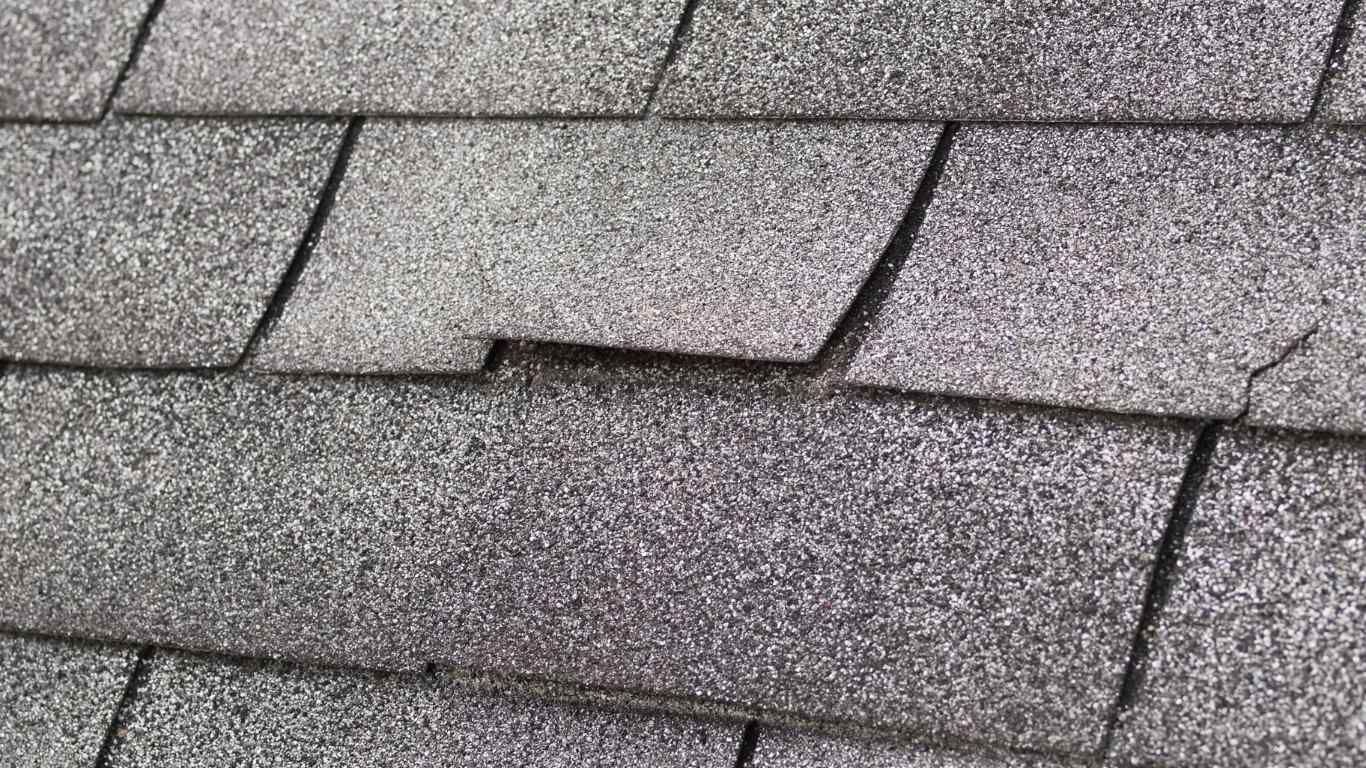
3. Look for Signs of Water Damage
Water stains or discoloration on your ceiling or walls often indicate a leaky roof. Water damage can also lead to mold growth, which poses health risks to your family. If you notice any signs of water damage, it’s essential to address it quickly.
In some cases, leaks can be repaired if they’re isolated to a small area. But if the water damage is widespread or has gone unnoticed for a long period, it could mean the underlying structure has been compromised, and a full replacement might be necessary.
4. Check for Sagging Roof Sections
A sagging roof is a clear sign that your roof’s structural integrity has been compromised. Sagging often indicates trapped moisture, rotting wood, or structural issues with the roof deck. A sagging roof is more than a cosmetic problem—it’s a potential safety hazard.
If you notice any areas of your roof starting to sag, it’s essential to contact a professional immediately. Minor sagging can sometimes be repaired, but significant sagging usually requires a roof replacement to ensure your home’s safety.
5. Examine Granule Loss
Granules on asphalt shingles protect them from UV rays and add a layer of durability. Over time, shingles can start to lose granules, which you might notice in your gutters or around your property. While some granule loss is expected with age, excessive granule loss can weaken the shingles and reduce their effectiveness.
Replacing those shingles may be enough if granule loss is limited to a small area. But if you notice granules coming off across large sections of the roof, it’s a sign the shingles are deteriorating, and a replacement might be the best option.
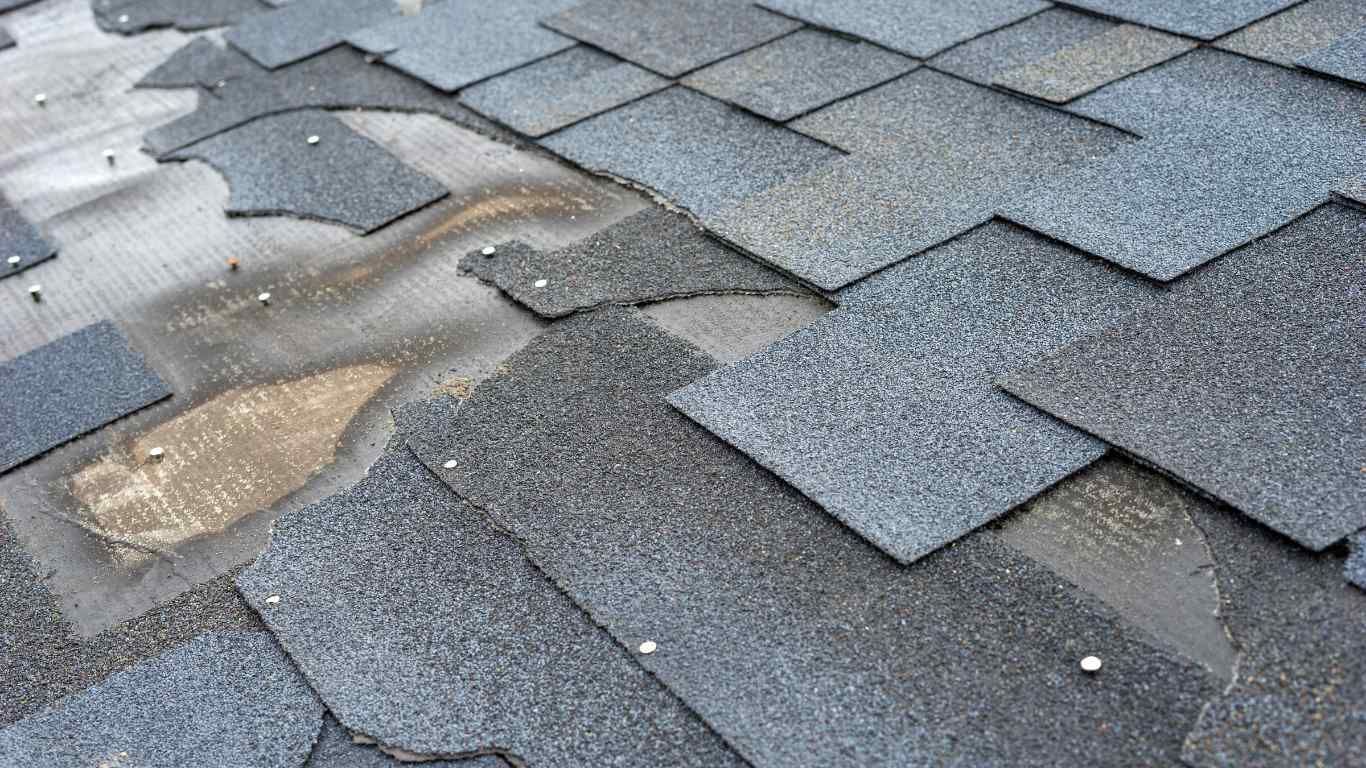
6. Consider the Cost and Frequency of Repairs
Sometimes, repeated repairs can add up to the cost of a new roof. If you find yourself needing frequent roof repairs, it may be more cost-effective to invest in a replacement rather than continuing with patchwork fixes.
Calculating the long-term costs can help you make a more informed decision. A new roof may have a higher upfront cost but can save money on ongoing repairs and add value to your home.
Make the Right Choice for Your Roof
Determining whether your roof needs a repair or a full replacement depends on several factors, including age, visible damage, and the extent of any issues. Regular inspections and maintenance can help you identify potential problems early, saving you from costly repairs or even a complete replacement down the road. By addressing issues promptly and making informed decisions, you can extend the lifespan of your roof and protect your home.
Ready to Inspect Your Roof?
TrustWorks
Has You Covered!
Don’t wait until small issues turn into costly problems. Schedule a free roof inspection with TrustWorks Construction today. Let our experts help you decide if it’s time for a repair or a replacement—ensuring your home stays safe, secure, and protected.
📞 Call us today for your free inspection: 936-209-4773
📧 Schedule your consultation: info@trustworksconstruction.com
Protect your home with TrustWorks Construction—your local roofing experts!
